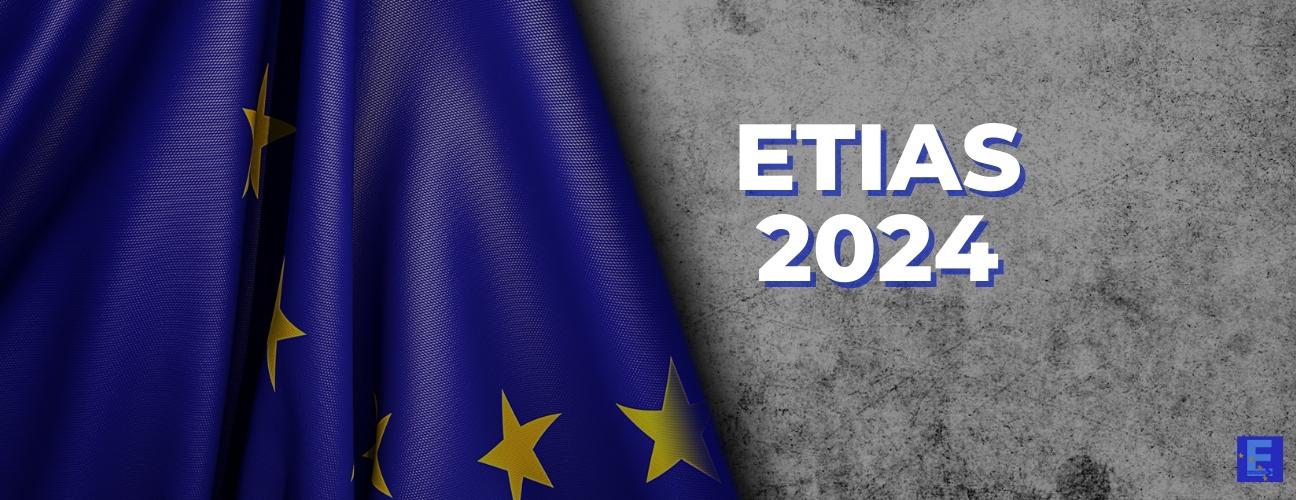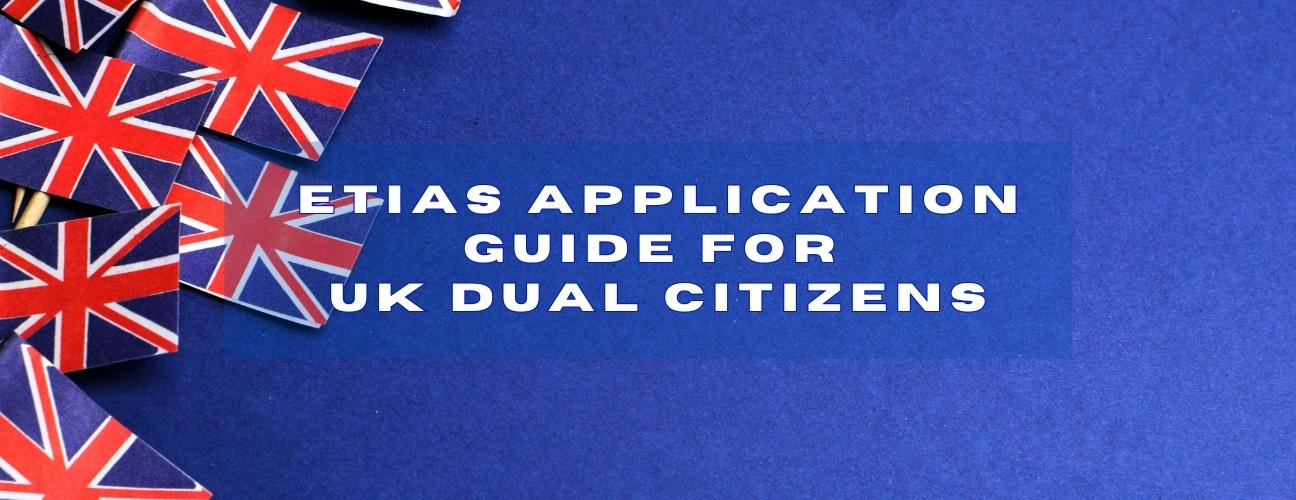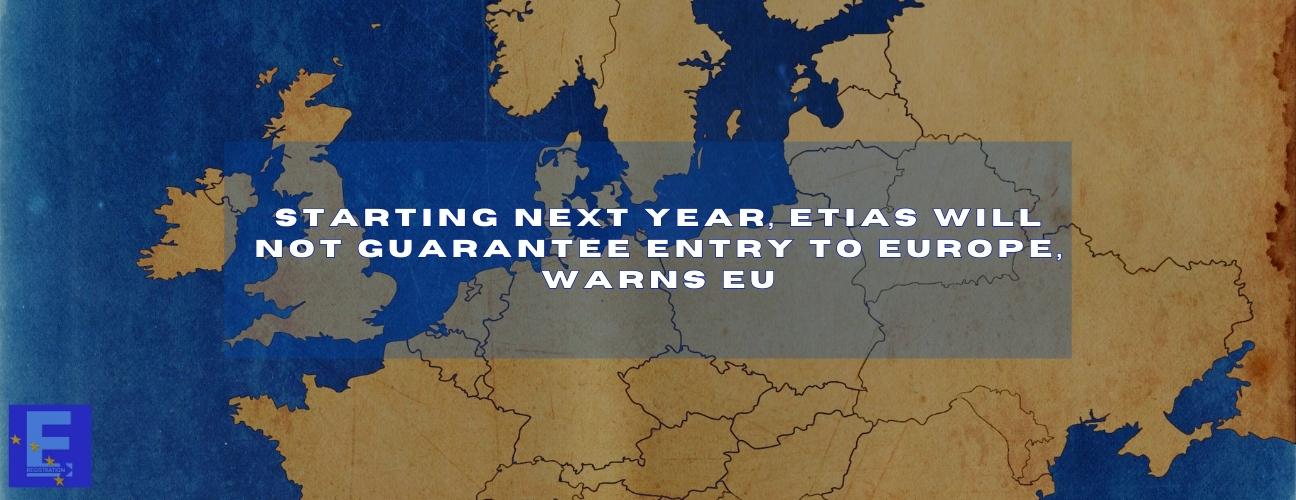European Tourism: Thriving in 2024 Despite Challenges
European tourism is bouncing back strongly in 2024, with more travelers and higher spending, even as inflation impacts budgets.
Travel remains a priority
Tourists are eager to explore, with international arrivals up 8% and overnight stays rising 6% in the third quarter of 2024 compared to last year. The European Travel Commission (ETC) credits this to Europe’s enduring appeal and travelers’ determination to prioritize vacations despite economic pressures.
Shifts in travel spending
While costs for flights and hotels remain high, total tourism spending is expected to exceed €725 billion this year. Travelers are turning to budget-friendly options like short-term rentals and exploring lesser-known destinations to balance expenses.
Southern Europe leads the way
Destinations like Malta, Greece, and Portugal saw over 20% more visitors in 2024, making Southern Europe a top choice for tourists. Meanwhile, Northern and Eastern Europe are seeing slower but steady growth.
Adapting to growing demand
Air travel and hotels are seeing a surge in demand, with new routes and flexible accommodations helping meet traveler needs. However, popular destinations face challenges with overcrowding and environmental impacts. To address this, some countries are promoting less-visited areas like rural Spain and Albania.
What’s next for European tourism?
The upcoming European Travel Information and Authorization System (ETIAS) will add a new requirement for visitors starting in 2025. While this might affect some travel plans, the future looks bright as Europe continues to adapt to changing traveler preferences.
With a focus on sustainable growth, European tourism remains a key driver of global travel.














































